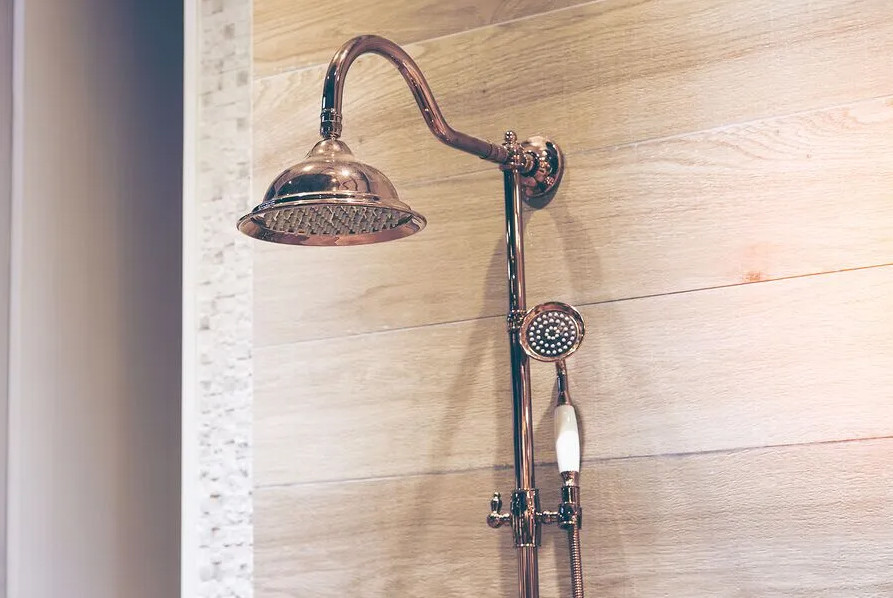
A broken shower diverter can quickly turn your daily routine into a frustrating experience, leaving you with inadequate water flow or unable to switch between the showerhead and the bathtub faucet. Fortunately, repairing a malfunctioning shower diverter is a manageable task that can be tackled with a few basic tools and a bit of know-how. In this comprehensive guide, we’ll walk you through the steps to fix a broken shower diverter and restore functionality to your shower.
Step 1: Gather Your Tools and Materials
Before you begin, make sure you have the necessary tools and materials on hand:
- Adjustable wrench
- Screwdriver (flathead or Phillips, depending on your diverter type)
- Replacement diverter valve (if needed)
- Pipe joint compound or plumber’s tape
- Rag or towel
Step 2: Turn Off the Water Supply
Safety should always be your first priority when working on plumbing fixtures. Locate the main water shutoff valve for your home and turn it off to prevent any accidental leaks or water damage. You may also need to drain any remaining water from the pipes by turning on a faucet at a lower elevation in your home.
Step 3: Remove the Diverter Handle
Using a screwdriver, carefully remove the screw or screws holding the diverter handle in place. Once the screws are removed, gently pull the handle away from the wall to expose the diverter valve beneath.
Step 4: Inspect the Diverter Valve
With the diverter handle removed, you should have clear access to the diverter valve mechanism. Inspect the valve for any signs of damage, corrosion, or buildup that may be causing it to malfunction. If the diverter valve appears to be in good condition, you may be able to clean it and reassemble the shower without replacing any parts. However, if the valve is damaged or worn out, you’ll need to replace it with a new one.
Step 5: Replace the Diverter Valve (if necessary)
If you determine that the diverter valve needs to be replaced, use your adjustable wrench to loosen the retaining nut securing the valve to the plumbing pipe. Once the nut is loosened, carefully remove the old diverter valve from the pipe and discard it.
Next, apply a thin layer of pipe joint compound or plumber’s tape to the threads of the new diverter valve to ensure a watertight seal. Carefully thread the new valve onto the plumbing pipe by hand, then use the adjustable wrench to tighten the retaining nut until it is snug.
Step 6: Reassemble the Diverter Handle
With the new diverter valve in place, reattach the diverter handle to the wall by aligning it with the valve stem and securing it with the screws you removed earlier. Be sure to tighten the screws securely to prevent any wobbling or movement of the handle.
Step 7: Test the Shower
Once the diverter handle is reattached, turn the main water supply back on and test the shower to ensure that the diverter is functioning properly. Run both hot and cold water through the showerhead and bathtub faucet, and verify that you can switch between the two using the diverter handle without any issues.
Step 8: Check for Leaks
Finally, inspect the area around the diverter valve for any signs of leaks or drips. If you notice any leaks, tighten the connections between the diverter valve and the plumbing pipe as needed until the leaks stop.
Congratulations! You’ve successfully fixed a broken shower diverter and restored full functionality to your shower. With regular maintenance and care, your newly repaired diverter should continue to provide reliable performance for years to come. If you encounter any difficulties during the repair process or if you’re unsure about any steps, don’t hesitate to consult a professional plumber for assistance.
 iVIGA Faucet Online Shop
iVIGA Faucet Online Shop
